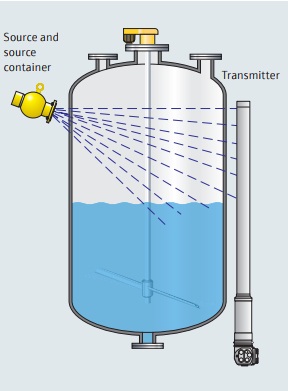Level Measurement
-

OPEN & CLOSED LEVEL MEASUREMENT
Introduction In industries level measurement is a crucial process.there are different types of storage tanks in this session we are…
Read More » -

DRY & WET LEG LEVEL MEASUREMENT
Introduction There are so many level measuring techniques in present.one of the method is measuring level with the help of…
Read More » -

Level Measurement Errors
INTRODUCTION There are many methods to measure level of a system or a tank (Direct and indirect). Let us discuss…
Read More » -

Nuclear Level Measurement
Introduction Continuous nuclear level measurement is typically used where most other technologies are unsuccessful. Different radioactive isotopes are used, based on…
Read More » -

Ultrasonic level Measurement
INTRODUCTION Ultrasonic makes use of sound waves in the 20 – 200 kHz range (above the range for human hearing).…
Read More » -

LASER LEVEL MEASURMENT
Introduction There are different kinds of indirect level measuring methods.In this session we are gonna discuss about laser level measurements.The…
Read More » -

Bubbler Level Measurement System
Introduction If the process liquid contains suspended solids or is chemically corrosive or radioactive, it is desirable to prevent it…
Read More » level measurement using Pressure gauge
Introduction A simple pressure gauge can be used for level measurement if its scale is properly calibrated for the actual…
Read More »Level Measurement – Ultrasonic Type Working Principle Application Advantages and Disadvantages
Ultrasonic Level Detectors Ultrasonic sound waves with frequencies of 1 to 5 megahertz can be used to detect liquid or solid…
Read More »Level Measurement – Magnetic Gauges
Magnetic GaugesMagnetic gauges can often be used in applications where a sight glass is not practical.A Magnetic gauge uses the…
Read More »







